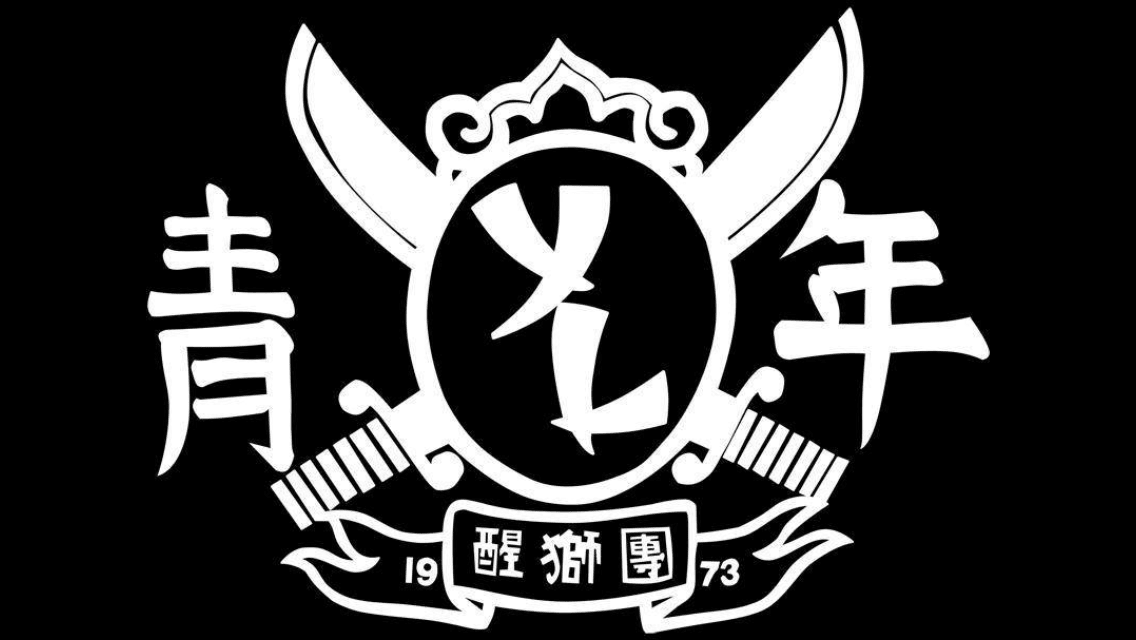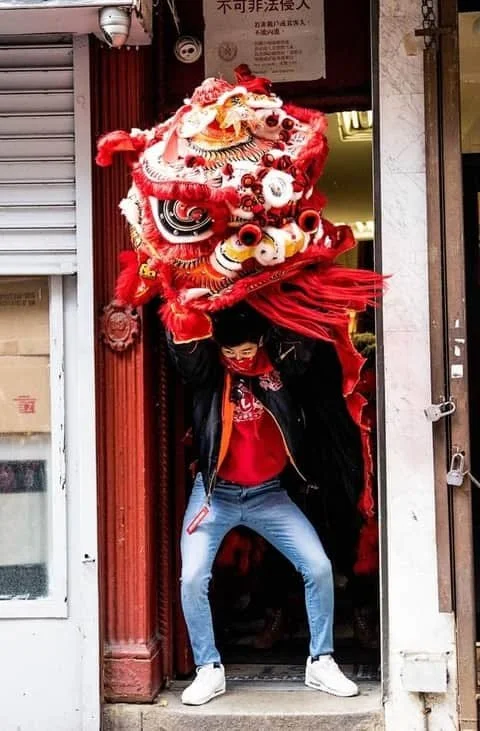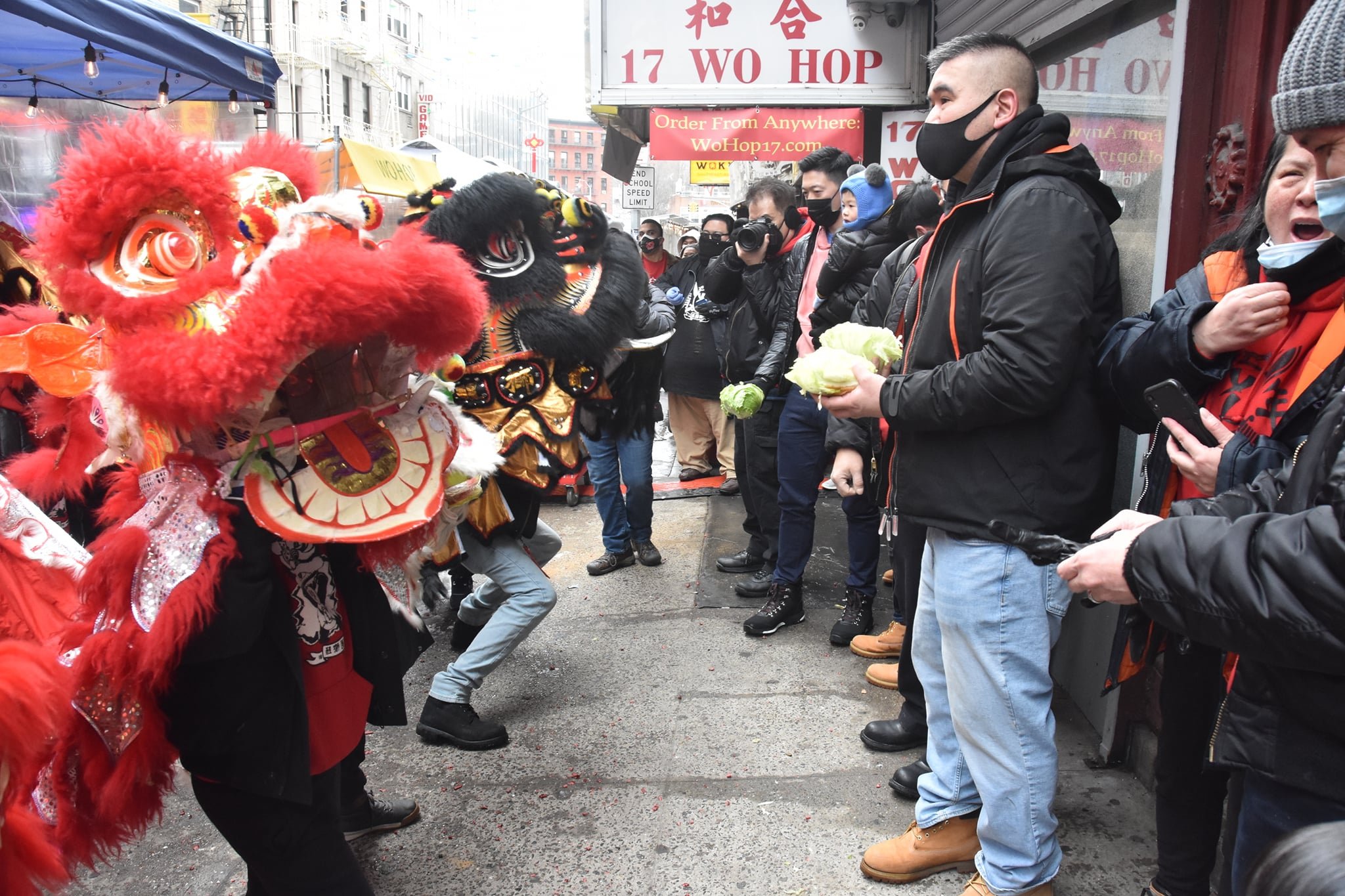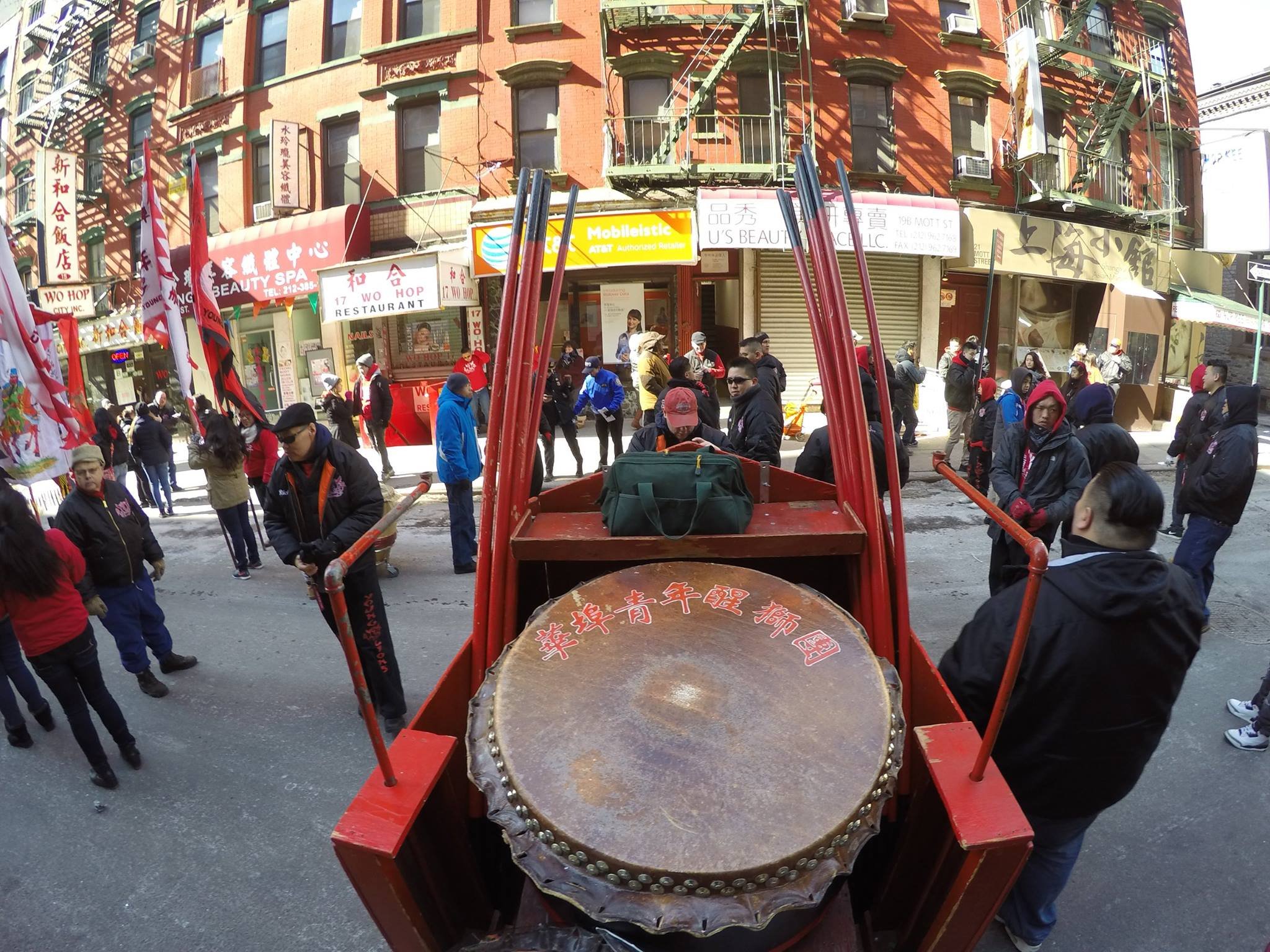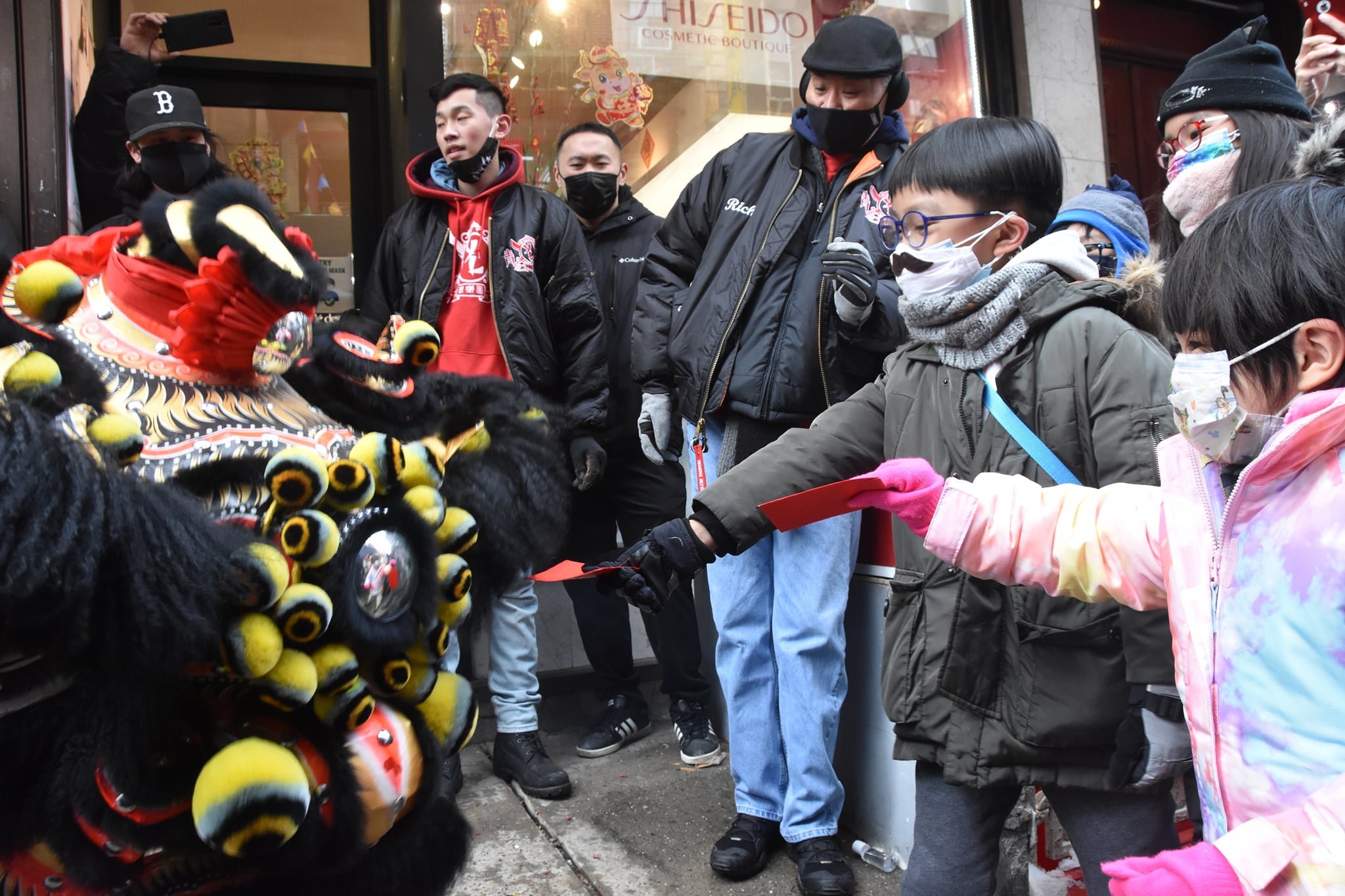What is Lion Dancing?
Celebrating 50 years as the Young Lions
〰️
Celebrating 50 years as the Young Lions 〰️
Culture of Lion Dancing
According to Wikipedia, Lion dance (traditional Chinese: 舞獅; simplified Chinese: 舞狮; pinyin: wǔshī) is a form of traditional dance in Chinese culture and other Asian countries in which performers mimic a lion's movements in a lion costume to bring good luck and fortune. The lion dance is usually performed during the Chinese New Year and other Chinese traditional, cultural and religious festivals. It may also be performed at important occasions such as business opening events, special celebrations or wedding ceremonies, or may be used to honour special guests by the Chinese communities.
In summary, the Lion represents a vehicle of dispensing all the good blessings of Heaven to the whole community.
It represents the hopes and aspirations of the Chinese people for all the good things life holds.
The formal dedication and performances have continued to be a reminder of Heaven's blessings and protection over the centuries.
The Lion
As much as the Lion embodies all these forces and powers, the Lion is still a wild animal and must be tamed, disciplined and dedicated to help humans utilize the yang element (cycle of life mentioned before). One method to achieve this was to find a way to communicate with the spirit world and to influence the workings of these forces of nature for one's benefit.
To achieve this, the Lion must be “awakened” in a ceremony. By this ceremony, the Gods and the Deities are asked to look favorably to grant and bestow spiritual life to the Lion. The Lion is now called hsing-shih (pronounced “Sing See”) or “awakened Lion”.
The Lion now becomes, neither God nor Deity, but an agent assigned by Heaven to bestow blessings of wealth and happiness to the community and to dispel evil forces and pestilence.
The Lion will then proceed to the eating element.
Lettuce is usually used, and when eaten symbolizes the appeasement of the Lion and, in turn, the Lion will bestow good fortune to the provider.
When the Lion spits out the Lettuce, it represents “Fat Choi” (as in Gung Hey Fat Choy), or spreading the greens, spreading the prosperity.
Sometimes, the Lion will also be fed scrolls with lucky sayings when lettuce is inappropriate.
The Little Buddha
Sometimes the Lion Dance also includes a Little Buddha character. The Little Buddha originates from the Buddhist/Shaolin monks that were thought to have trained the first lion dancers.
The Little Buddha is sometimes referred to as the “Dai To Fut”, or big headed monk, and his role is to play, tame and direct the Lion’s movements.
The Drum and Beat
The Lion Dance is also characterized by the use of three main instruments: the drum, cymbals and the gong.
The drum serves as the main beat in which the movements are synchronized to, and also to add emphasis on certain maneuvers and stunts.
Accompanying the drum are the cymbals and gong, which served as a means to scare away bad luck via loud noise, but also serves as a means in which to promote a sense of emotion when performing the Lion Dance.
The Lion Dance
All these elements are brought together to become a proper Lion Dance. The Chinese cultural personality attached great importance to stability and harmony.
Primarily, a people of this world, the early Chinese strove to attain stability and harmony in their immediate surroundings and not in distant paradise or in remote future times. It seems very natural that the Chinese wished to prolong their lives and increase good fortune in order to enjoy the pleasures of their worldly existence.
Thus the Lion is revered as a means of achieving these goals.
